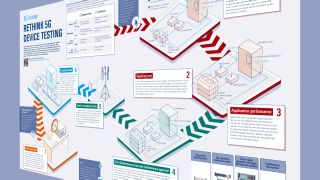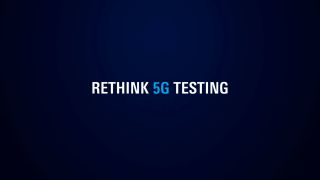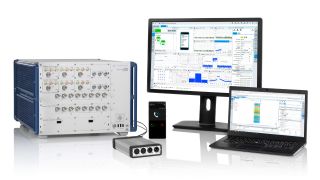Mobile device testing from design to production
Mobile devices empowered by wireless technologies such as 5G NR, Wi-Fi 6, Bluetooth LE and UWB evolved over the last decades from single purpose mobile phones to extremely powerful platforms enabling an enormous range of applications with very diverse communication requirements.




















